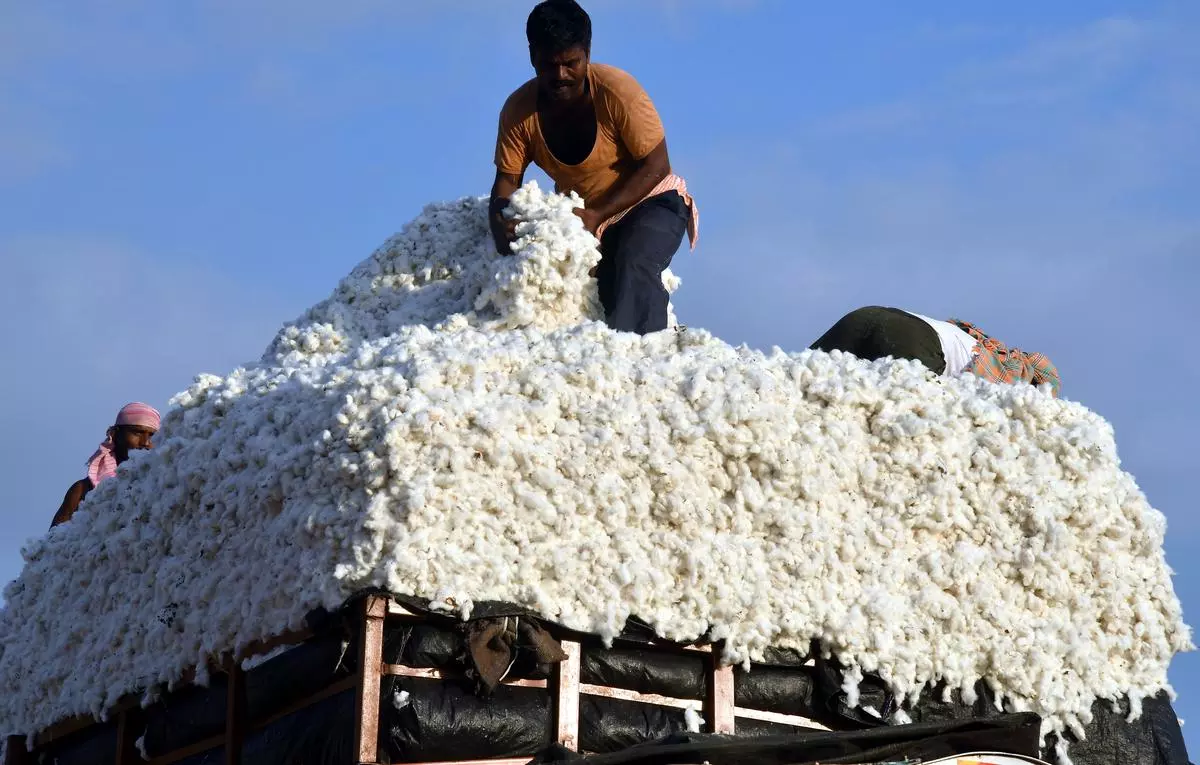The Cotton Corporation of India (CCI) has been blamed for significantly dropping cotton prices across Punjab due to its selective purchases. Citing the presence of low-quality raw cotton in the market, the CCI has acquired only 18% of the 5.73 lakh quintal cotton purchased so far, below the minimum support price (MSP). This has led to a nosedive in prices, with cotton only fetching around Rs 4,400-4,500 per quintal at purchase centres where the quality could be better. In contrast, premium quality cotton can still command prices close to the MSP, ranging between Rs 6,800 and 6,900.
This change in purchasing tactics by the CCI has significantly impacted the cotton market. Raw cotton prices had been above the MSP from mid-September to mid-October, but the situation changed once the CCI began making only selective purchases. This year, cotton production has been severely affected, decreasing to 9.5 lakh quintals compared to 28.90 lakh quintals in the previous year.
In response to the price decline, farmers in Abohar, one of Punjab’s major cotton purchase centres, have taken action. The gates of the local grain market were locked by protesting farmers on October 24. Additionally, two farmers have started a hunger strike to demand that the CCI resume their purchases and help raise prices, ultimately benefiting the farmers.
Commission agents in Abohar have noted a significant drop in prices. Initially, cotton was sold for up to Rs 7,000 per quintal, but it has decreased substantially. In the past two years, cotton prices remained above the MSP, even briefly exceeding Rs 10,000 per quintal.
As farmers struggle with falling cotton prices, they hope the CCI will reconsider their selective purchasing approach to alleviate their financial burdens and stabilize the market.

